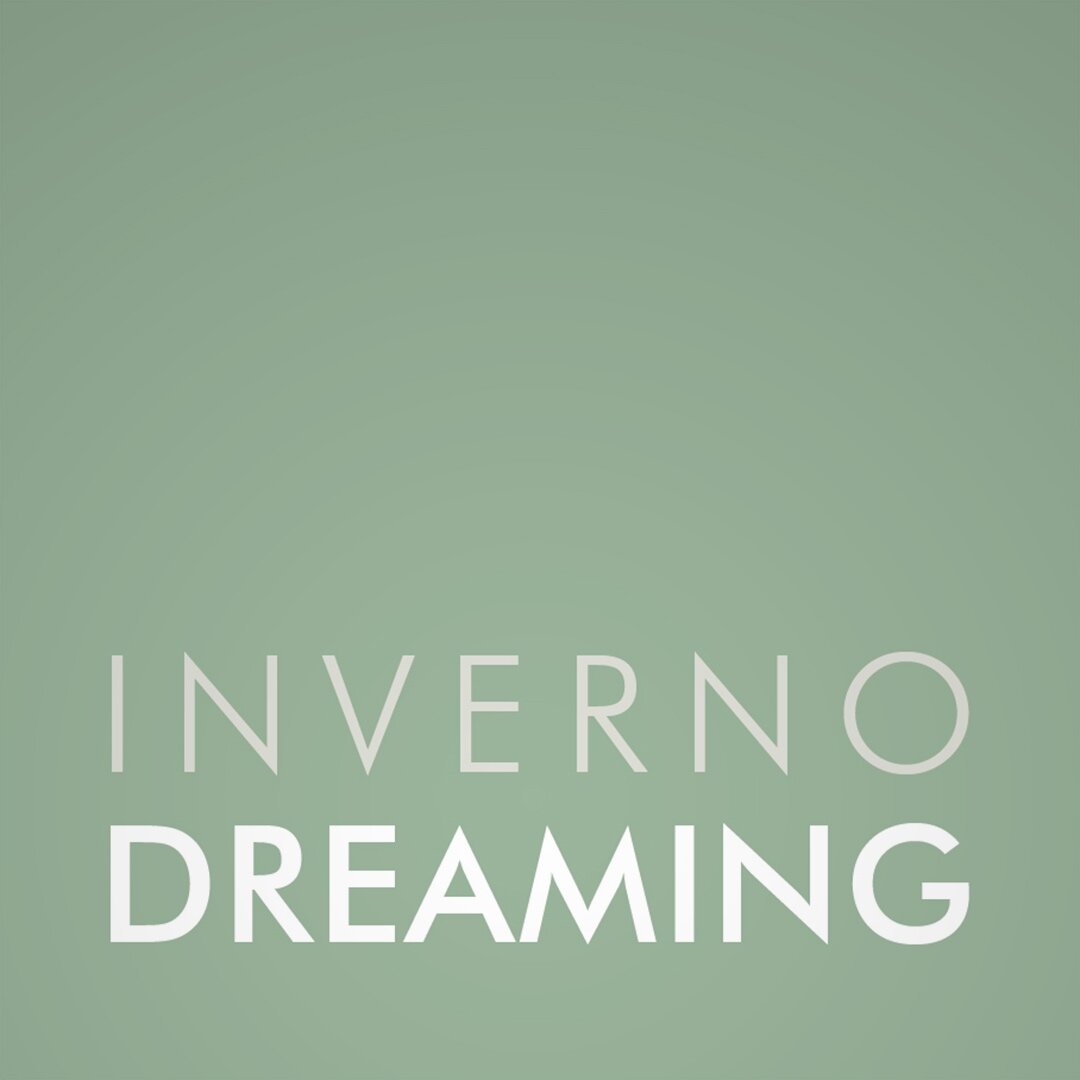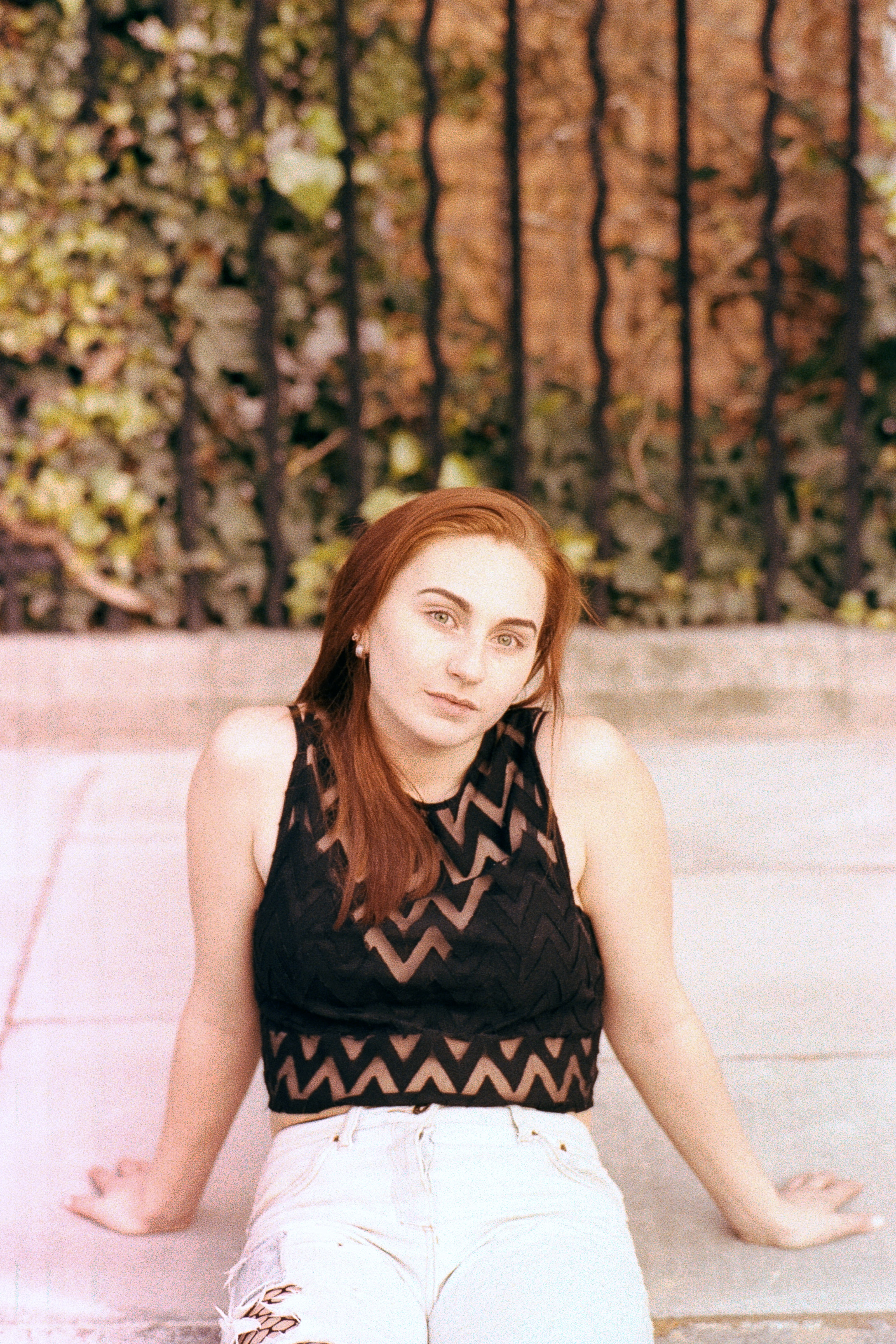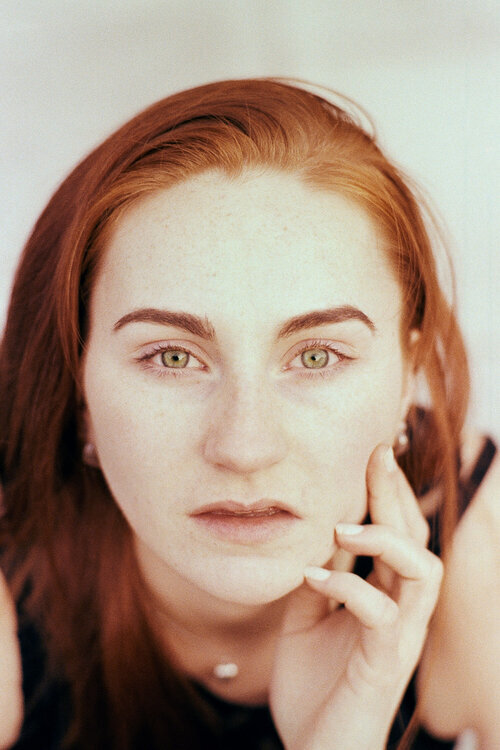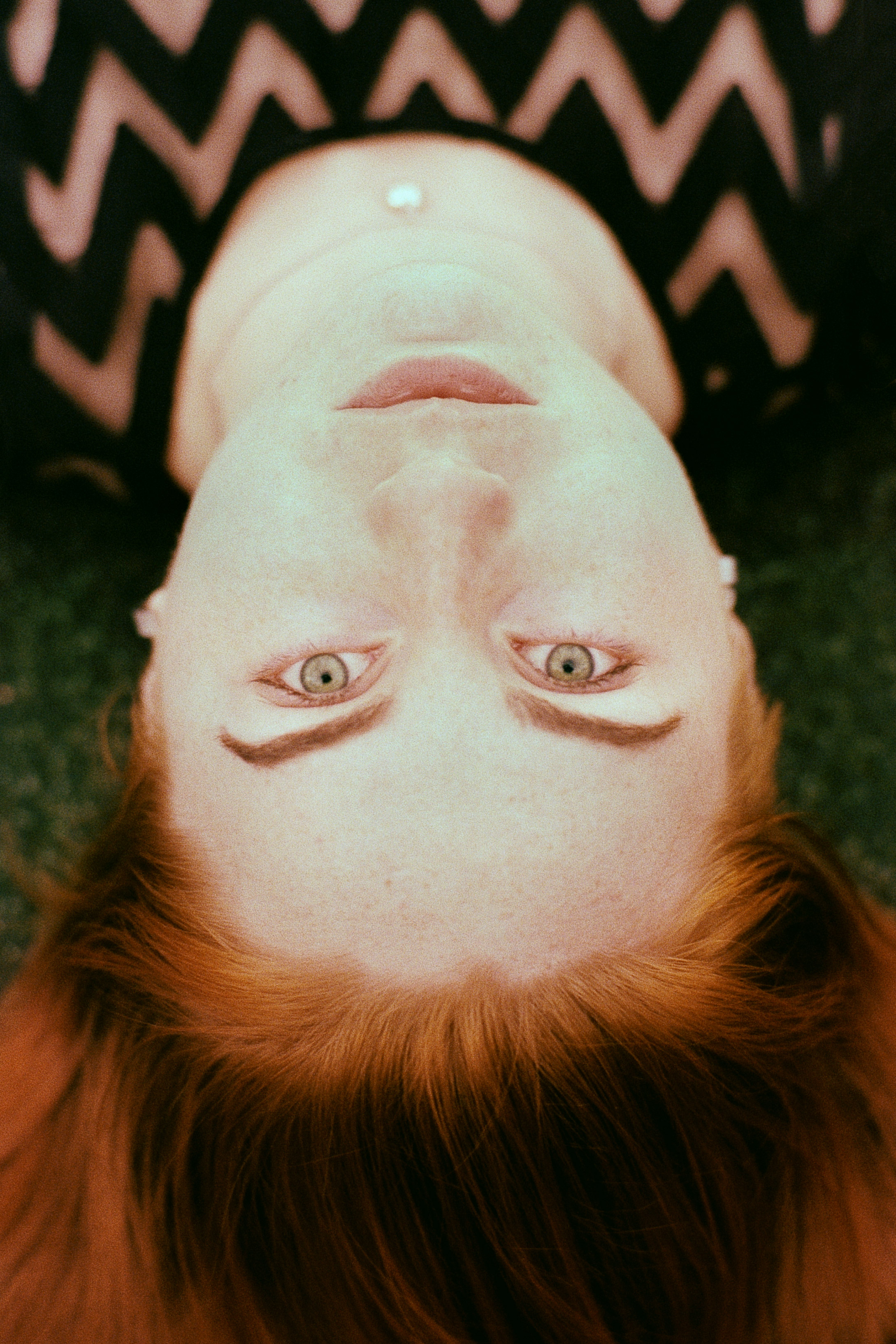I'm not the most experimental photographer by which I mean experimenting with film, you know, things like bleach bypassing. Souping film by soaking it in various liquids like tea, wine or even urine before shooting it. Developing negatives with coffee or beer. It's certainly not because I don't appreciate the effects of these techniques, far from it I love them.
Until now I've limited myself to double exposures and shooting expired film. Over time I have grown to love shooting out of date film it was something I started doing because at various times I had been gifted old film by photographers who had turned digital. Initially, I just shot these old rolls to see what I got but soon I was fascinated by the resilience of expired film and the effect of how colours and grain changed. Like some kind of guardian of unloved old films I now have a fridge full of all kinds of expired rolls. Hiding amongst these rolls are some E6 transparency films and so it was in the spirit of exploring new horizons I loaded a roll of old 2005 Fuji Sensia 100 into my CONTAX S2, time to try some cross-processing.
I shot Disa in the late afternoon in mixed sunny and cloudy conditions, metering at ISO 80 and overexposing by one more stop where light allowed. With absolutely no idea of the final result, I developed the film with Fuji Hunt X-Press C41 chemistry. The film came off the reel a beautiful green and blue which only intensified as it dried. I could see from the negative or should I say transparency that scanning was going to be unconventional. I use SilverFast scanning software and its workflow requires the selection of a film type for the inversion process. Straightforward when, for example, you are scanning a roll Fuji Pro 400H but not so much when you are inverting an expired cross-processed transparency film.
I knew that my green-blue film would scan red-magenta but its intensity and depth were greatly affected but the film type selection in SilverFast's extensive dropdown catalogue of films. In the end, I settled on one I just liked the look of, one that gave some kind of reality to the skin tones, these being portraits. The scans were further post-processed in Photoshop with some sharpening and contrast controls to achieve these finished results. I feel that it is easily the most creative experimental film technique that I've tried to date. With next to no rules or standards to hem in creativity the photos have a funky, semi-natural look that suited both the shoot and subject. I certainly like the results enough to shoot and cross process again.
Model: Disa Ramstedt







